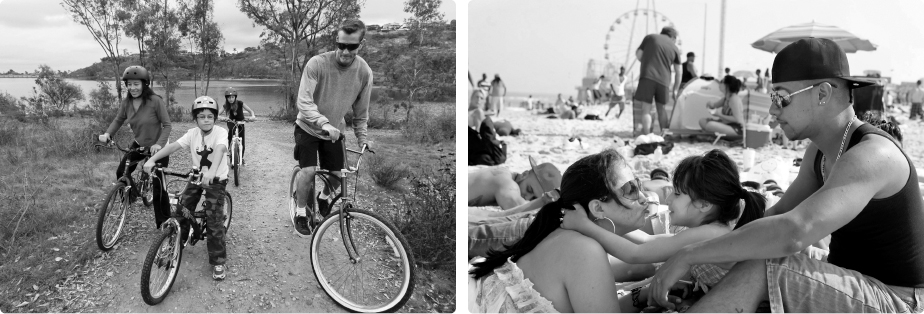Defining Family
When many of us think of family, iconic TV images come to mind, like Chris’s family in Everybody Hates Chris or the Dunphys from Modern Family. These images are simple and comforting: families consist of happily married heterosexual couples raising their biological children, bonded by love, and united in facing any challenges that confront them (Braithwaite et al., 2010).
But families today are more diverse than such depictions suggest. Between 1970 and 2010, the percentage of households composed of married couples with biological children in the United States declined from 40 percent to just 20 percent (Tavernise, 2011). In Canada, this kind of family declined from 55 percent in 1981 to 34.6 percent in 2006 (HRSDC, 2006). Instead, couples are increasingly living together rather than getting married, making marriage less common than at any prior time in history (Cherlin, 2004). Rising divorce rates over the past half century have also decreased the average size of households, as families divide into smaller units and re-form into blended arrangements featuring stepparents and stepchildren. Adding to this complexity, individual families are constantly in flux, as children move out, then lose jobs and move back in with parents; grandparents join the household to help with daycare or receive care themselves; and spouses separate geographically to pursue job opportunities (Crosnoe & Cavanagh, 2010).

Although every family possesses its own distinct identity, all families hold certain things in common. Whether bound together by marriage, blood, or commitment, each family has a profound, shared history made up of the small, everyday moments they spend together.
(Left to right) © Tony Avelar/Christian Science Monitor/The Image Works; © The Star-Ledger/Aristide Economopoulos/The Image Works